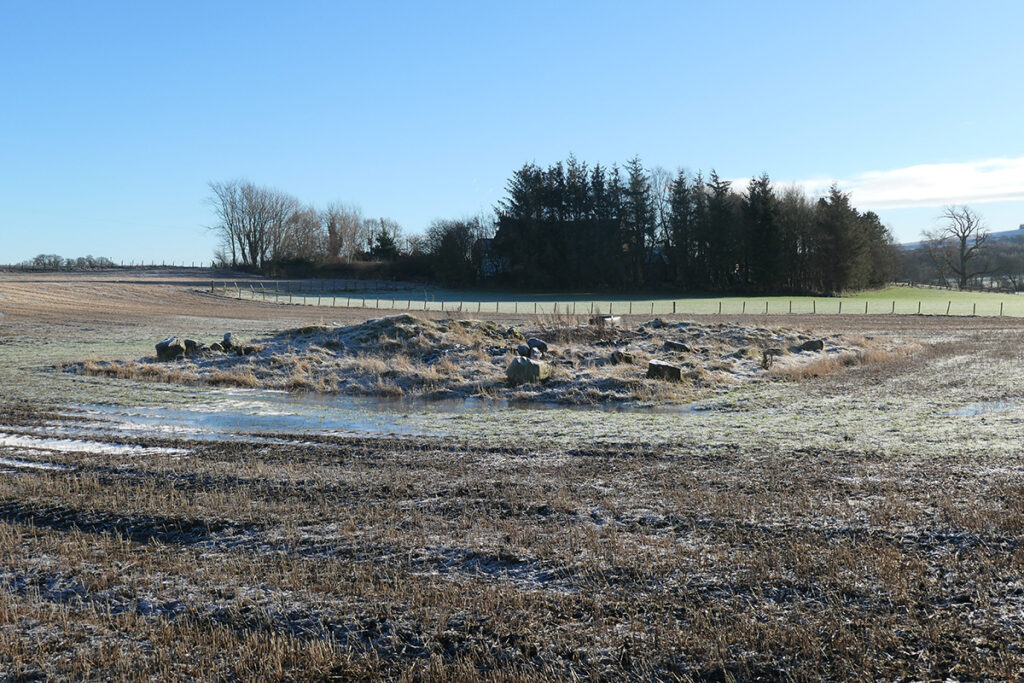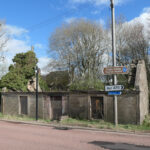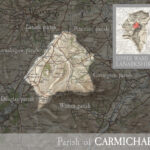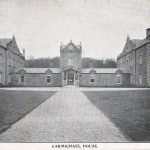In early days these gas plants were scaled-down versions of a town gas-works, with necessary equipment set within substantial stone buildings. Coal was heated in iron retorts to release inflammable gas that was drawn off, purified, stored, and piped to the main house as needed. Coke, tar and other chemicals were produced as by-products, inevitably accompanied by smoke and obnoxious smells. Works were consequently sited some distance from the big house, often hidden in a glen or hollow, and hopefully down-wind from the noses of its residents. Gas-making was a skilled process, requiring a consistent supply of materials, and often demanding the full-time attention of a member of staff.
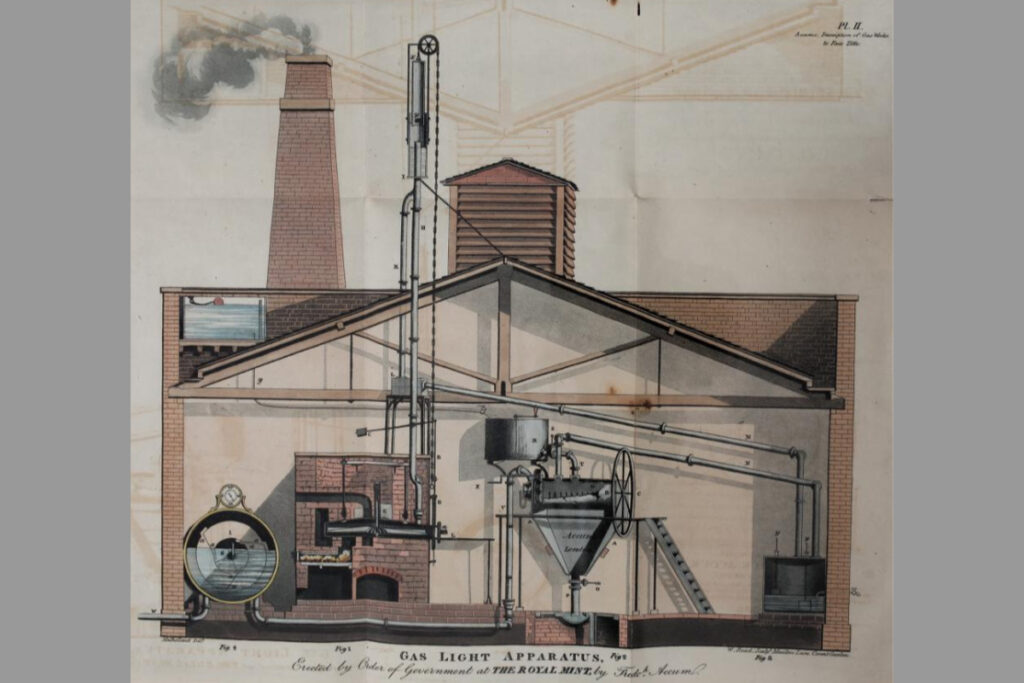
Given the significant investment required, gas-works were usually restricted to the grandest and most progressive of country estates; only a handful are marked on first edition OS maps (c1858) throughout the whole upper ward of Lanarkshire. One of these is set in woodland behind Westraw House, Pettinain, and is rather oddly marked as “gas works (disused)”. The remains of this structure are still clearly evident today.
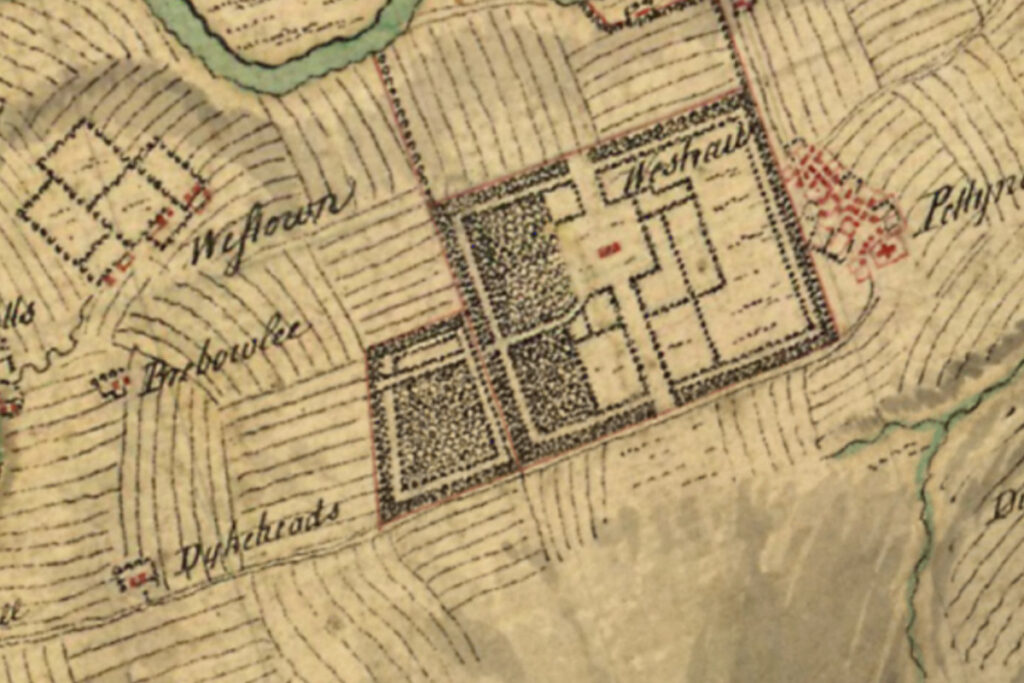
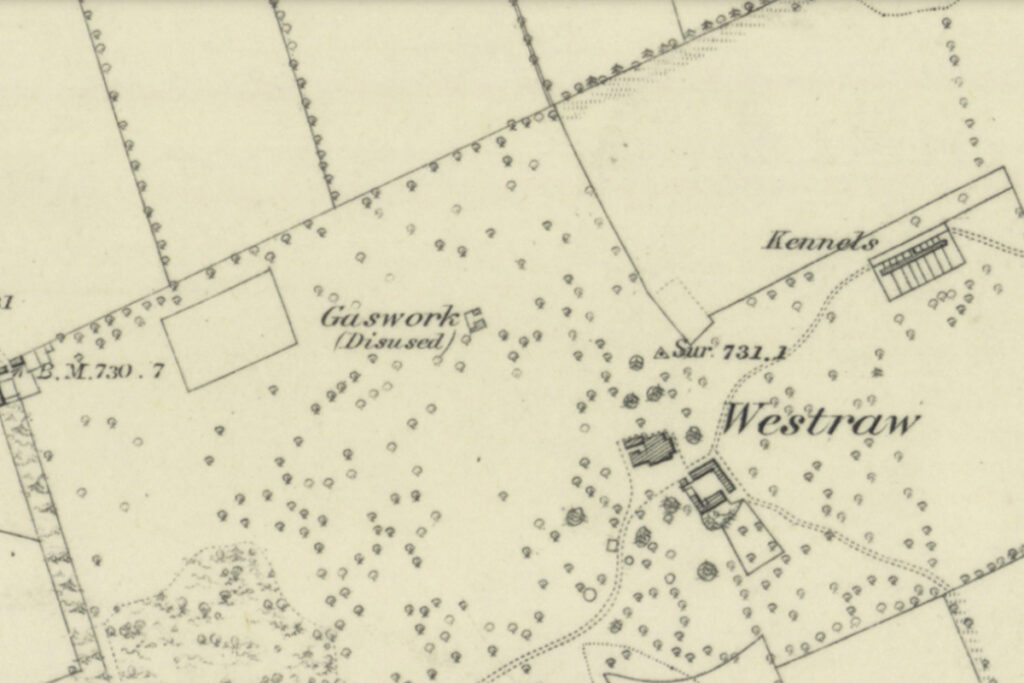
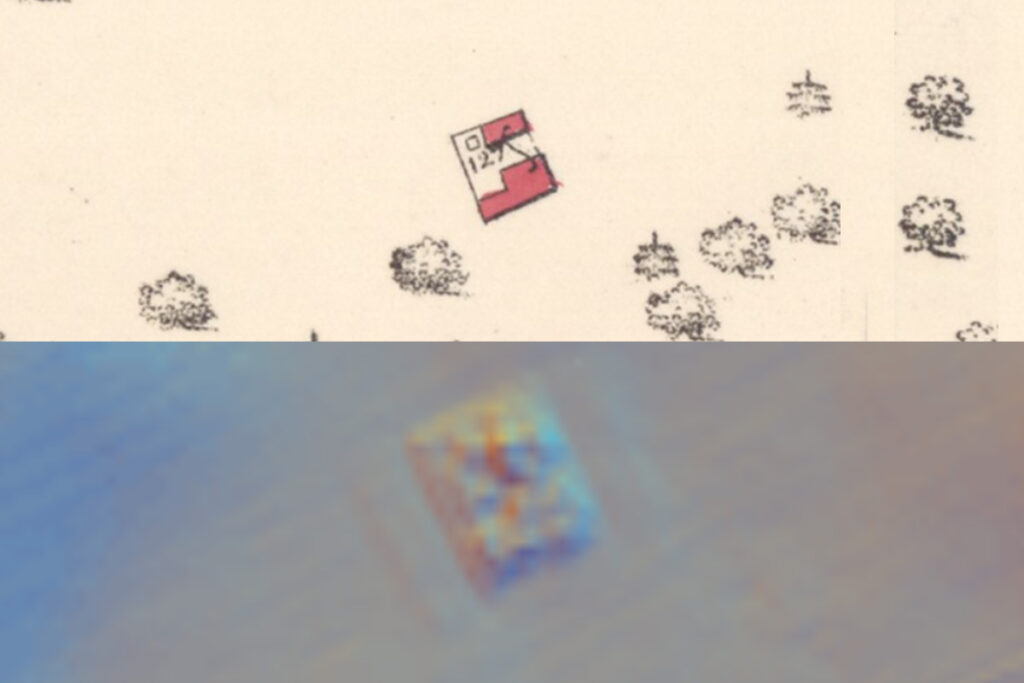
Westraw House has a long but rather cloudy history. A mansion house has stood on the site since at least the 16th century, and Roy’s map of c.1755 shows the building set within an elegant planned landscape. The Westraw estate, along with the Carmichael and part of the Mauldslie estate, became the property of Sir Wyndham Carmichael Anstruther in 1831, following a curious sequence of events, (This intriguing story may be the subject of a future post). Sir Wyndham was described at that time as “ a spendthrift….who squandered away the whole of his property.” The land was held under Entail, which meant that it could not be sold to settle debts. The grand contents of both Westraw House and Carmichael House were however seized by the sheriff’s officers and put up for auction in 1834.
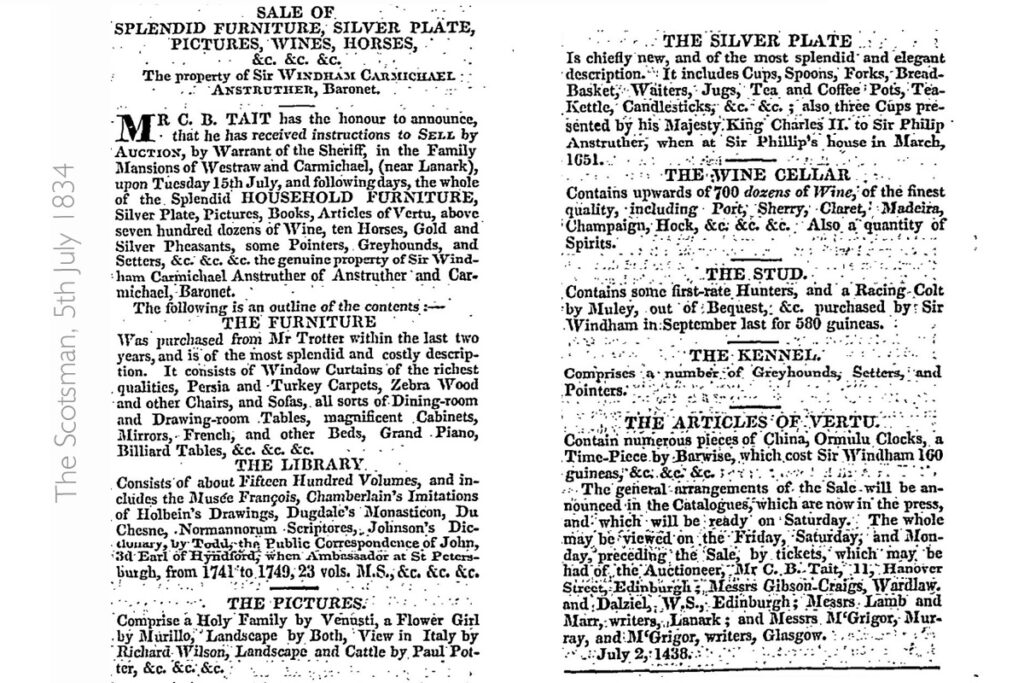
Although stripped of its finery, Sir Wyndham continued to spend time at Westraw and paid attention to improvement of the estate. He stated that between 1832 and 1848 he had invested significantly in “improvements consisting of draining the said lands and others, and in erecting additions to the Mansion-house of Westraw, and in renewing and making additions to Farm-houses, Offices, and Outhouses, and in erecting permanent fences thereon.” It seems probable that the gas works at Westraw were amongst these improvements. Given the circumstances, the decision to invest in a gasworks might seem an extravagance, but one quite in keeping with Sir Wynham’s personality.
Money worries continued, and by the time of the 1851 census, the much-altered Westraw mansion served as little more than a farmhouse. Among those living at the farmsteading was Bryce Bell, described in the census as a farm labourer. In 1857 he placed an advertisement seeking employment as a Gasmaker, so presumably he had been in charge of the Westraw gas works in earlier, more optimistic, days It’s not known if he ever made gas again, but by 1861, the census records him in the happy position of being a master grocer with a shop in Biggar.

The solid stone walls of the gas works were left to slowly fall into decay. The two gas works buildings, set within a square enclosure, remained intact but roofless on the 1896 map; although a small square feature – perhaps a chimney stalk – was by then missing. When built, the gas works were set in a secluded hollow within wooded parkland. By 1896 the area had been ploughed up and the gas-works site had become as an inconvenient island within an open field. This continues to be the case. The building seems to have been robbed of some of its dressed sandstone over the years, and field stones thrown up while ploughing have been dumped back onto the site. However the wall-lines of the buildings can still be made out within this rubble, and probably extend a metre or so down to the original ground surface.
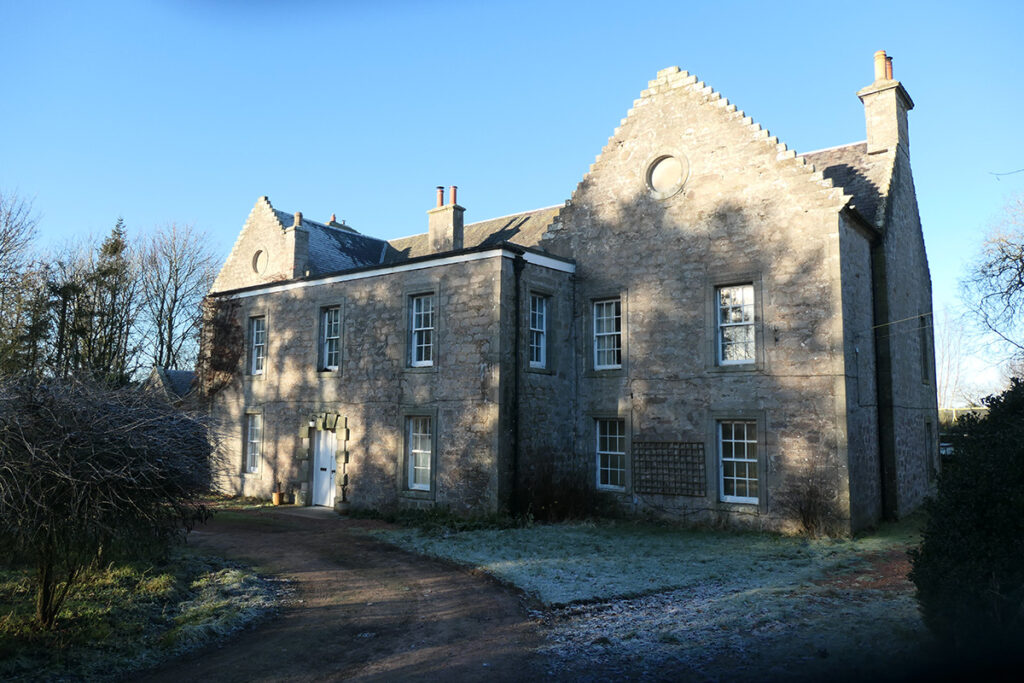

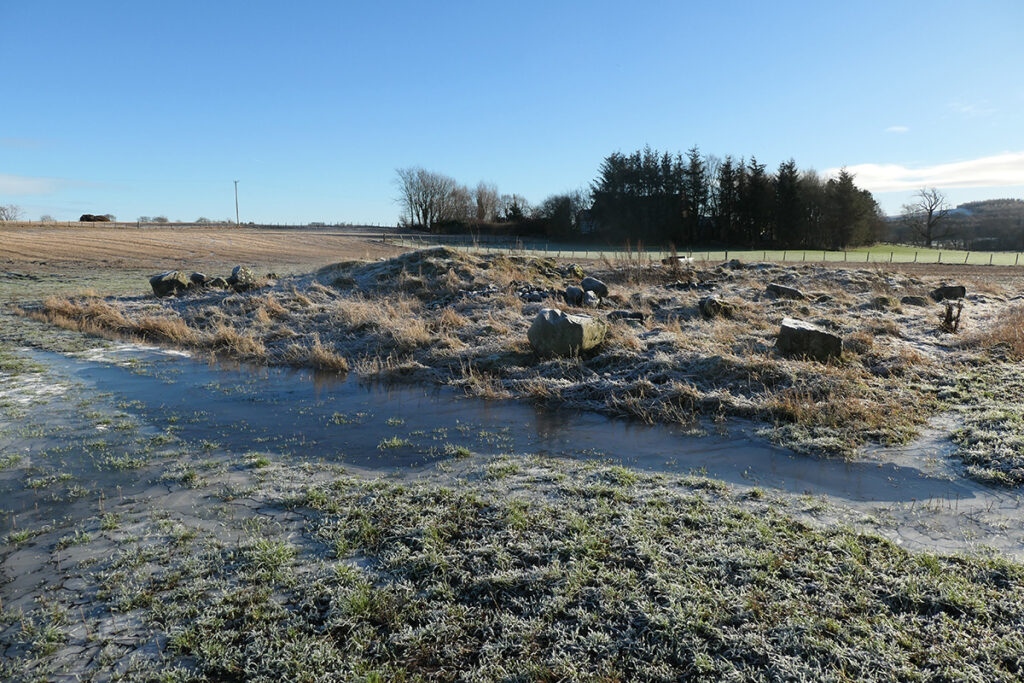
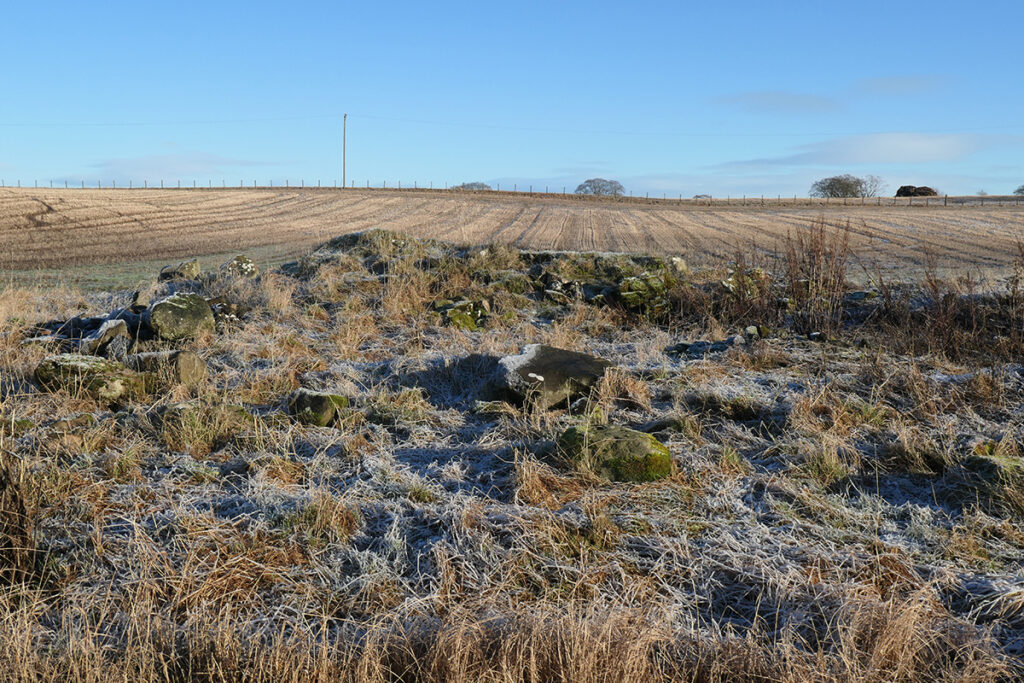
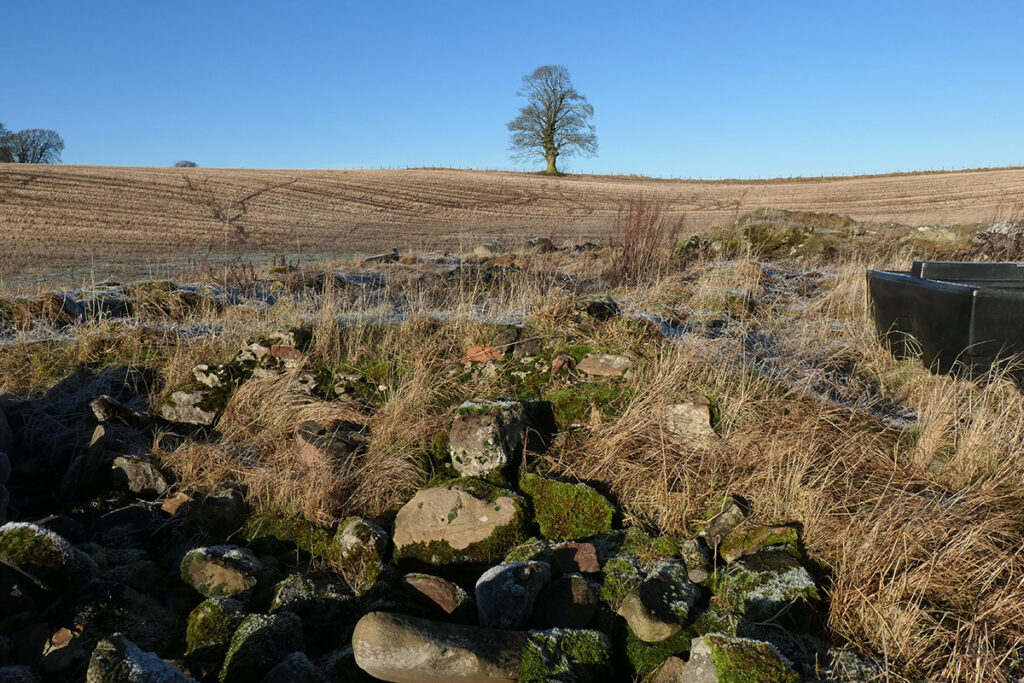
Westraw House, and views of the gasworks site – January 2025
Unless otherwise stated, all text, images, and other media content are protected under copyright. If you wish to share any content featured on Clydesdale's Heritage, please get in touch to request permission.

